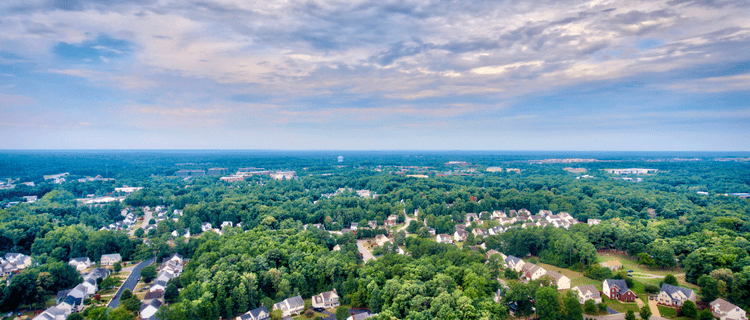3 Reasons Affordability Is Showing Signs of Improvement This Fall
For the past couple of years, it’s been tough for a lot of homebuyers to make the numbers work. Home prices shot up. Mortgage rates too. And a number of people hit pause because it just didn’t feel possible. Maybe you were one of them. But there’s some encouraging news. If you’ve been waiting for …
Read more “3 Reasons Affordability Is Showing Signs of Improvement This Fall”





